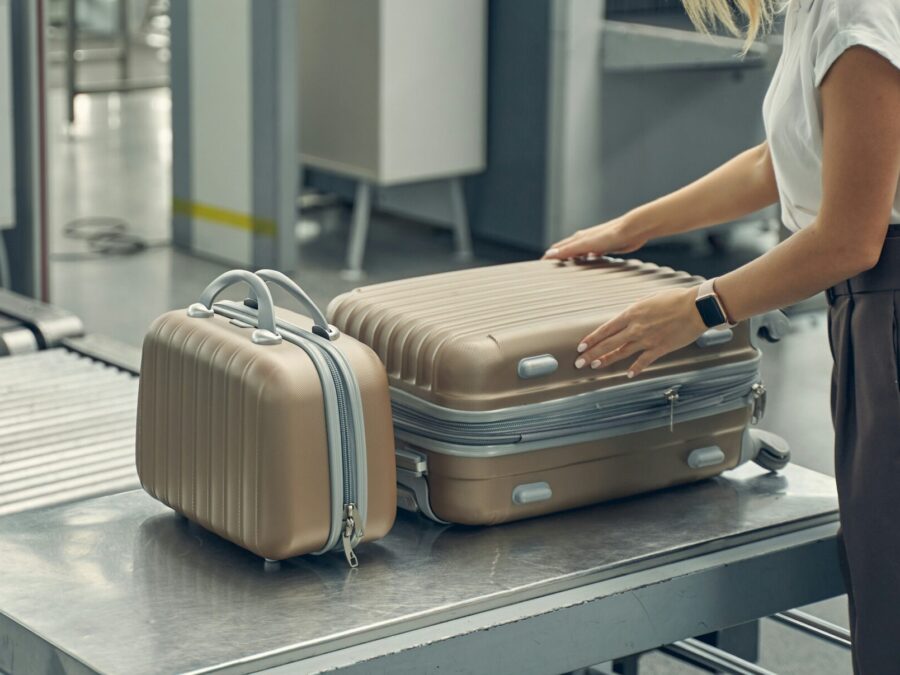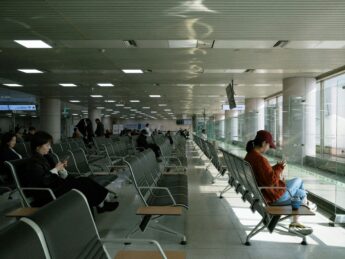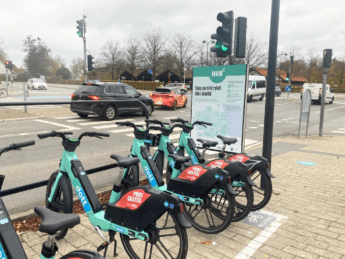
Situation
An efficient and seamless journey through the airport – and especially through security – helps improve the passengers’ overall experience. Additionally, intuitive flow is key to both well-functioning operations and positive passenger experiences. Based on this, a major Scandinavian airport initiated a modernisation of its security check with a focus on optimising the passengers’ journey through the airport. This included new security stations, automated conveyor systems, updated scanning technologies, and notably revised procedures for both passengers and staff.
Complication
Any change in procedures risks negatively affecting the passenger experience and satisfaction, making it crucial to incorporate passengers’ expectations and needs into the implementation of the new security checkpoint. Decades of entrenched routines can be difficult to change – for both passengers and staff – and the airport therefore aimed to ensure that all communication (written, visual, verbal, and body language), design, and guidance nudged the desired behaviour and ensured a positive passenger experience though the new security tracks.
Recommendation
To investigate these challenges, Epinion conducted a study that combined qualitative observations and interviews with quantitative stop interviews. Employing a behavioural analytical approach - using the PCA model (Perception-Cognition-Action), which maps the extent to which passengers notice the new actions they need to take, understand what they need to do, and then act accordingly - specific challenges and adjustment opportunities were identified. These optimisations were designed to help passengers adapt to the new procedures more quickly and efficiently, creating a more streamlined and satisfactory experience through security.





